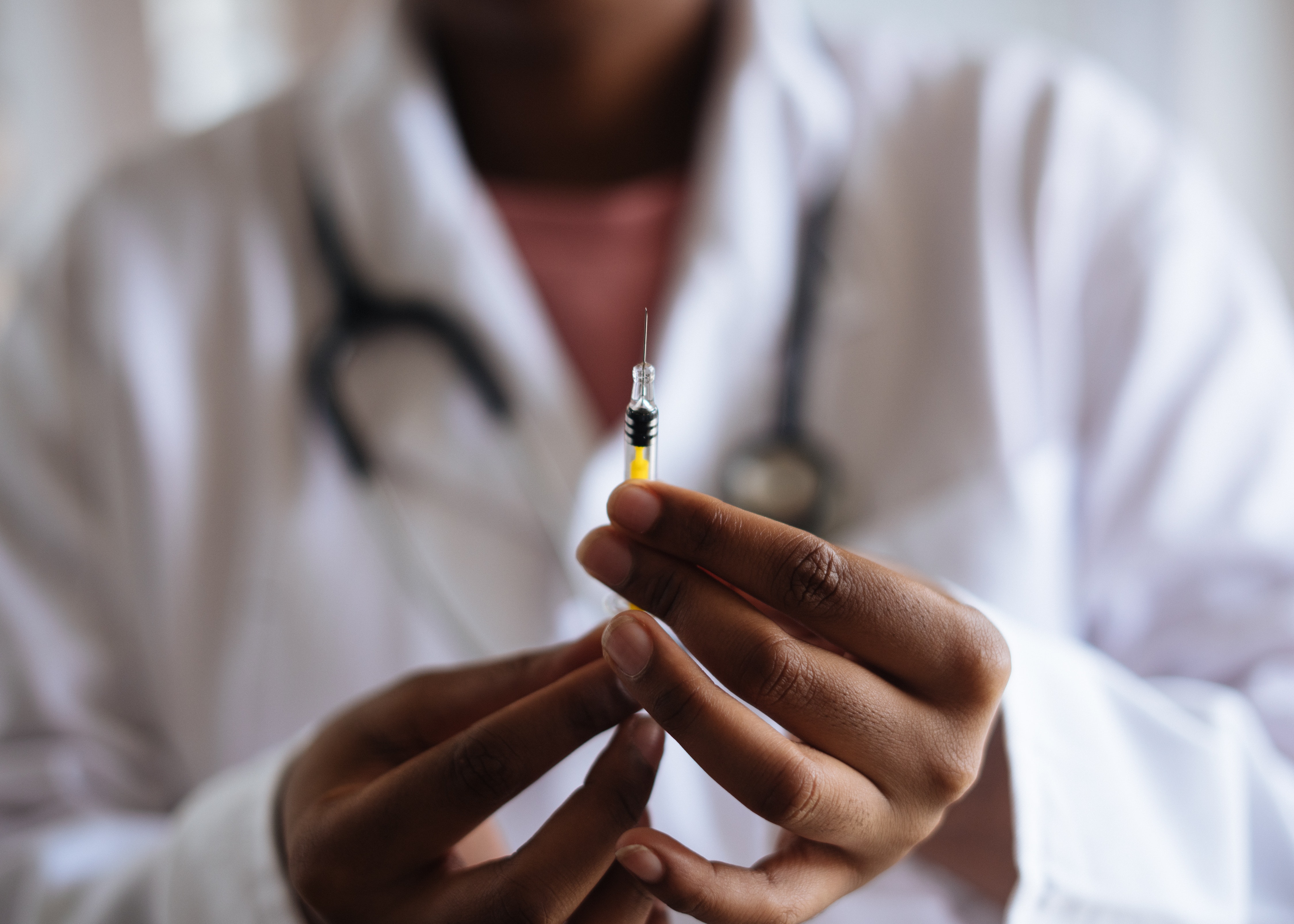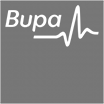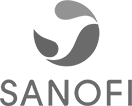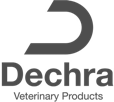
Depyrogenation is a process validation method used by a wide variety of medical facilities. If your facility performs depyrogenation on a regular basis, temperature data loggers can help you ensure that you meet important government compliance.
What is depyrogenation?
Depyrogenation is the process of removing pyrogens from an object or substance. Pyrogens are bacterial endotoxins that can cause a fever, which must be removed to a certain level to declare the safety of a product. The depyrogenation process can be successfully administered through a range of methods: dry heat and moist heat sterilization, rinsing, ethylene oxide and ultrafiltration.
The most common method of depyrogenation is through dry heat sterilization. Essentially, this is where objects are placed in a very high temperature oven in order to deactivate pyrogens. The ‘dry heat’ process comes from an atmosphere with a very high temperature that contains no moist air (i.e. water vapour).
What is depyrogenation used for?
Depyrogenation is most commonly used within the pharmaceutical industry. It is vital to remove pyrogens from any medical packaging that comes into contact with the human body, such as injectable instruments and equipment. Without depyrogenation, this can place human health at risk due to the presence of harmful pyrogens.
What regulations apply to the depyrogenation process?
Equipment and substances undergoing the depyrogenation process are exposed to temperatures between 160°C and 400°C, depending on the duration. Facilities must comply with the standard rule of ‘3 log reduction’, whereby depyrogenation occurs at 250°C for 30 minutes. If the temperature is lower, the duration will increase accordingly and vice versa.
Why are sterilization data loggers vital for depyrogenation monitoring?
Depyrogenation monitoring using sterilization data loggers is essential for facilities who wish to effectively monitor the process and achieve thermal validation. This ensures that pharmaceutical professionals can maintain within safe temperatures throughout the entirety of the process. As a result, this safeguards that all pyrogens have been successfully deactivated and the medical equipment is safe for use. For example, the ThermoVault Max extreme temperature data logger is a great option for ensuring desired temperatures are not breached within a dry heat oven.
For more information about depyrogenation and other thermal validation techniques, read our useful process validation guide.
At Wessex Power, we can deploy data loggers in your facility and help you execute thermal validation to meet regulatory compliance. Contact us by calling 44 (0)1929 459 459 or sending an email to sales@wpls.co.uk.














